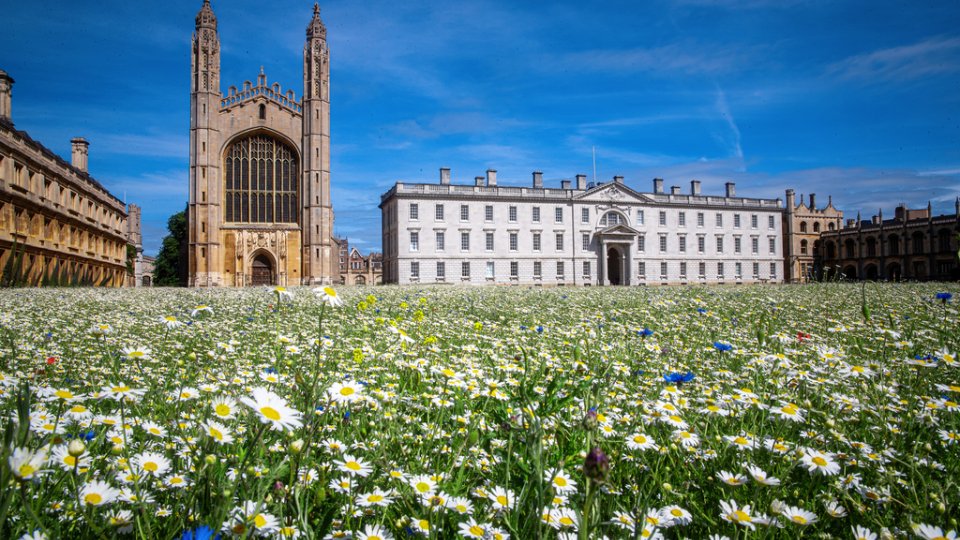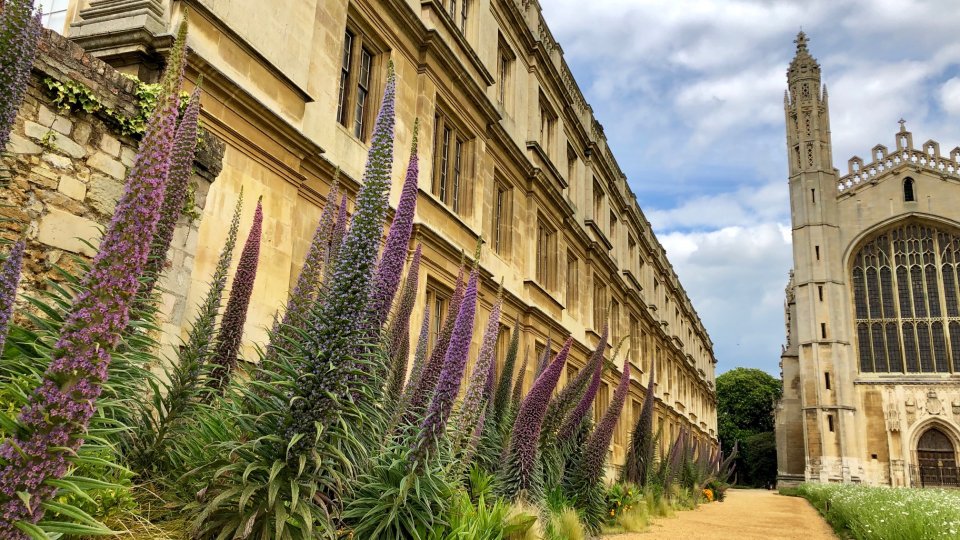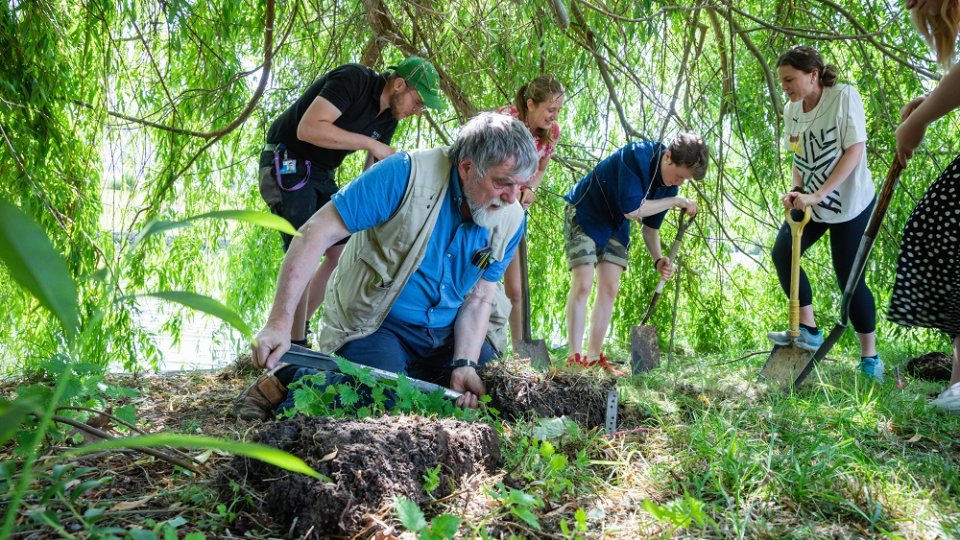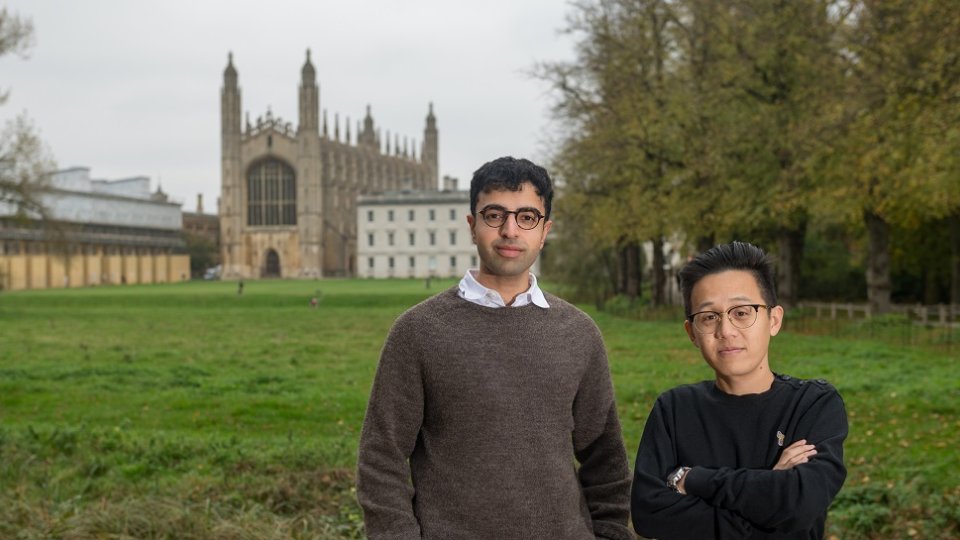Moving towards renewable energy sources and reducing our electricity consumption can diminish our reliance on fossil fuels and the untold harm they do to air quality, waterways and ecosystems. We are part of the Cambridge Colleges Consortium, which purchases energy from renewable generators in the Cambridgeshire area. As part of a programme of decarbonising our energy supply, King’s has replaced oil-fired boilers and improved insulation in our historic buildings, as well as installing sustainable energy generation such as air source heat pumps and solar panels. The College is also taking part in a new hydrological study of the River Cam to unlock the possibility of harnessing renewable energy and further reducing our carbon footprint.
Solar Energy
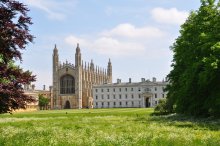
The College is in the process of installing photovoltaic (PV) panels on the roof of King’s Chapel, after its proposal was unanimously approved by Cambridge City Council. The installation of the panels has been designed to dovetail with the crucial conservation works to the Chapel roof, which will see the entire lead covering removed, sand-casted and replaced, all while maintaining access to the building for visitors, daily services and concerts.
After the City Council decision, the Provost, Professor Michael Proctor, commented:
We are greatly heartened by the Council’s unanimous decision to approve the proposal to install photovoltaic panels on the roof of King’s College Chapel, and the demonstrable commitment to taking action on climate change that the decision signifies. As the Planning Committee noted, the panels will have only a very minimal impact on the visual appearance of the Chapel, but will make a considerable, quantifiable difference in the process of decarbonisation.
What are the immediate benefits of installing the panels?
The PV panels will make a considerable, quantifiable positive environmental impact. The potential combined annual output of the north and south slope PV panels is 128,062 kWh/year, with an annual CO2 reduction of 23.72 tonnes. The panels will more than meet the electricity demands of the Chapel, but will feed directly into the College's main electricity supply.
In the long-term, technical analysis has assessed that - even after factoring in the payback of the embodied carbon of the panels themselves – the “lost opportunity” cost of not implementing the proposed PV panels would equate to the emission of approximately 410 tonnes of CO2 between now and 2050, independently of any electrification of heating demands. It is acknowledged that this is likely to be a conservative figure due to the decarbonisation of the National Grid falling short of anticipated targets.
How do the plans fit in with the College’s wider approach to the climate emergency?
The proposal is an integrated element the College's decarbonisation strategy, developed by technical experts Max Fordham, which acts as the foundation of the College’s commitment to becoming carbon net-zero by 2038. This holistic study includes recommendations for fabric upgrades in existing buildings, moving heating loads onto electrical power, and the installation of renewable energy technologies across all applicable sites on the College’s estate. Photovoltaic panels are already installed on several of the College’s buildings, including the Wilkins Building and Old Garden Hostel, but due to its scale, no other viable surface or area within the entire College grounds can deliver the electrical output of the proposed array of panels on the Chapel roof.
The plans also sit within the context of the wide-ranging work that has already taken place at King’s: the move to renewable energy suppliers for all electricity needs, use of low-energy cookers and lightbulbs, replacement of old boilers with energy-efficient ones, reduction of electricity consumption in the server room, major biodiversity initiatives, and the construction of new accommodation to the highest Passivhaus standards. Across Cambridge, the Colleges are working in partnership to meet the University’s science based target for carbon reduction, an approach set out in its Carbon Reduction Strategy and spearheaded by the work of Cambridge Zero.
What will be the impact on the Chapel?
Extensive research and analysis has been undertaken to minimise all impacts of the panels while delivering the maximum energy output. This has involved feasibility studies, options appraisals, practical ‘mock-ups’, and test case demonstrations, all while carefully considering the exceptional heritage value of the Chapel and its contribution to the significance of surrounding heritage assets. The panels will not affect any of the historic fabric of the extraordinary Chapel, and the 100-year design life of the lead roof allows future generations the means to install replacement panels without additional intervention.
Professor Michael Proctor added:
Having been careful stewards for nearly 600 years, as a College we are inherently aware of the duty we have to protect the Chapel as a building of exceptional significance, for the benefit of everyone, forever. The installation of the panels represents the merger of our remarkable heritage with the urgent necessity to safeguard the future. In the context of the climate emergency, these measures are not merely beneficial, they are essential.
Air and Ground Source Heat
The College is currently installing air source heat pumps at the historic Spalding Hostel to reduce reliance on gas boilers. When operational, the gas boilers will not be required unless temperatures drop below -3°C. We are also exploring the possibility of introducing ground source heat pumps on the Back Lawn and Scholars' Piece - this webpage will be updated with more information in due course.
Hydrological Study
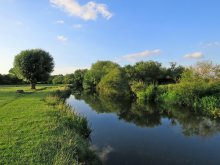
As part of a wider programme of decarbonising its energy supply, King's will be taking part in a new hydrological study of the River Cam to unlock the possibility of harnessing renewable energy and further reducing the College's carbon footprint.
In order to gain a better understanding of the feasibility of the project, solar-powered temperature monitors will be placed at a number of sites over the winter months, including in the river adjacent to Grantchester Meadows. These monitors will measure the fluctuations in water temperature to help assess the project's viability in helping the University drive towards its net zero targets.
